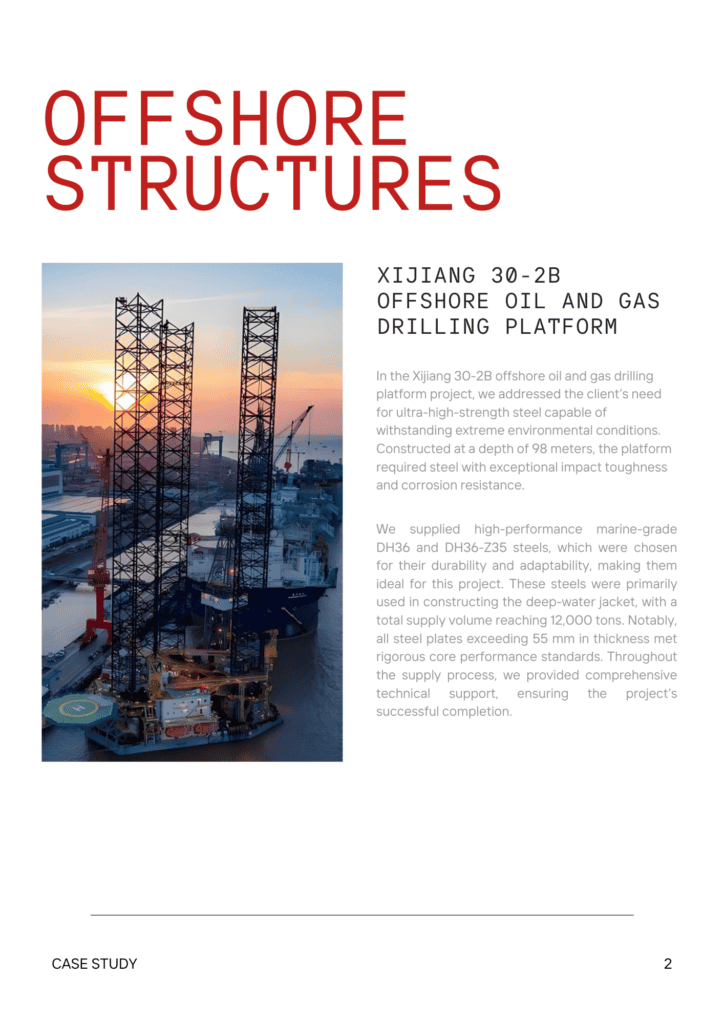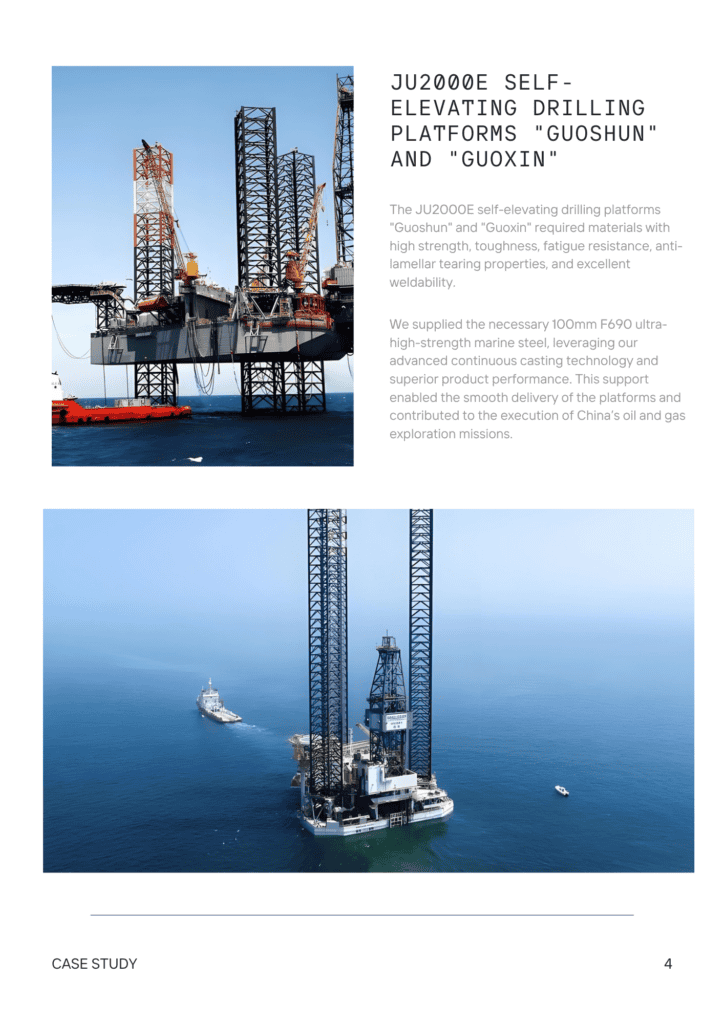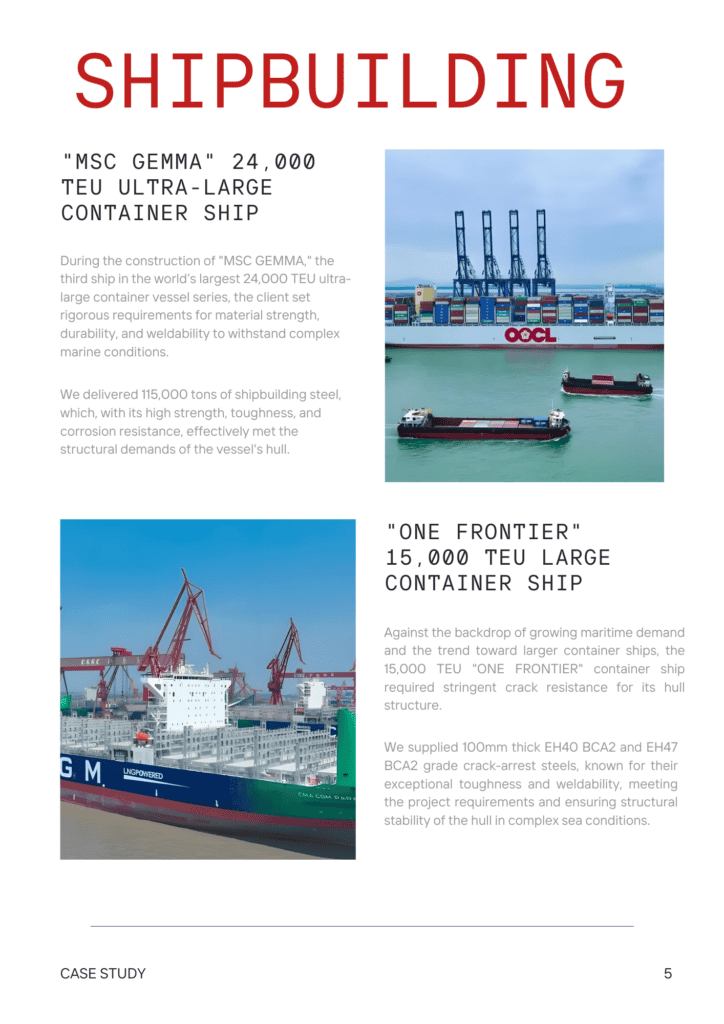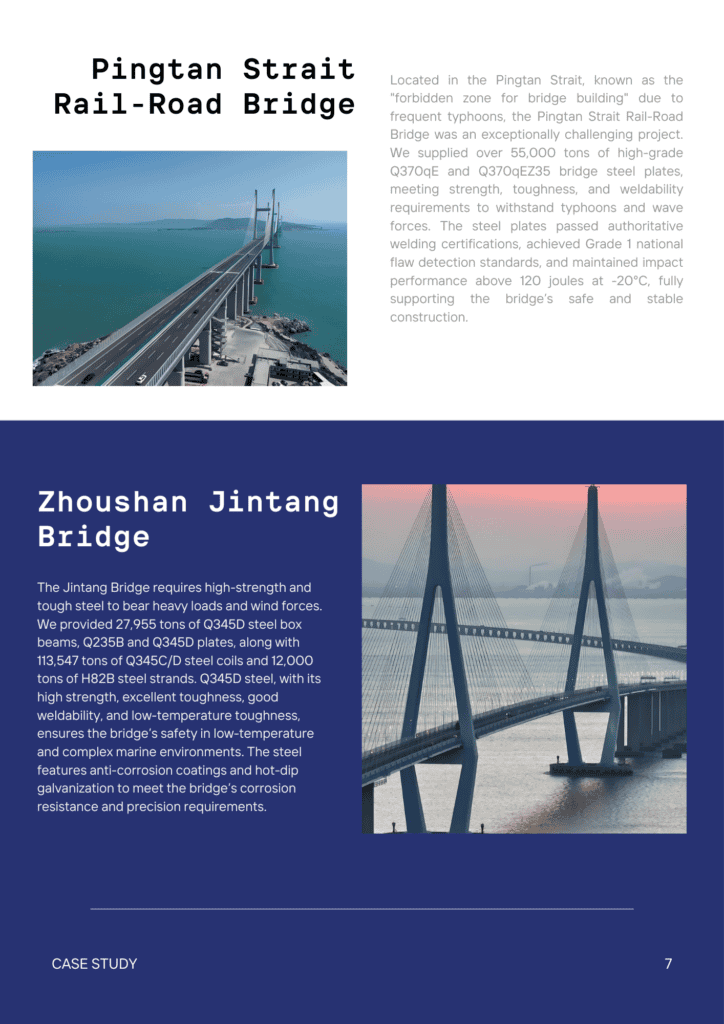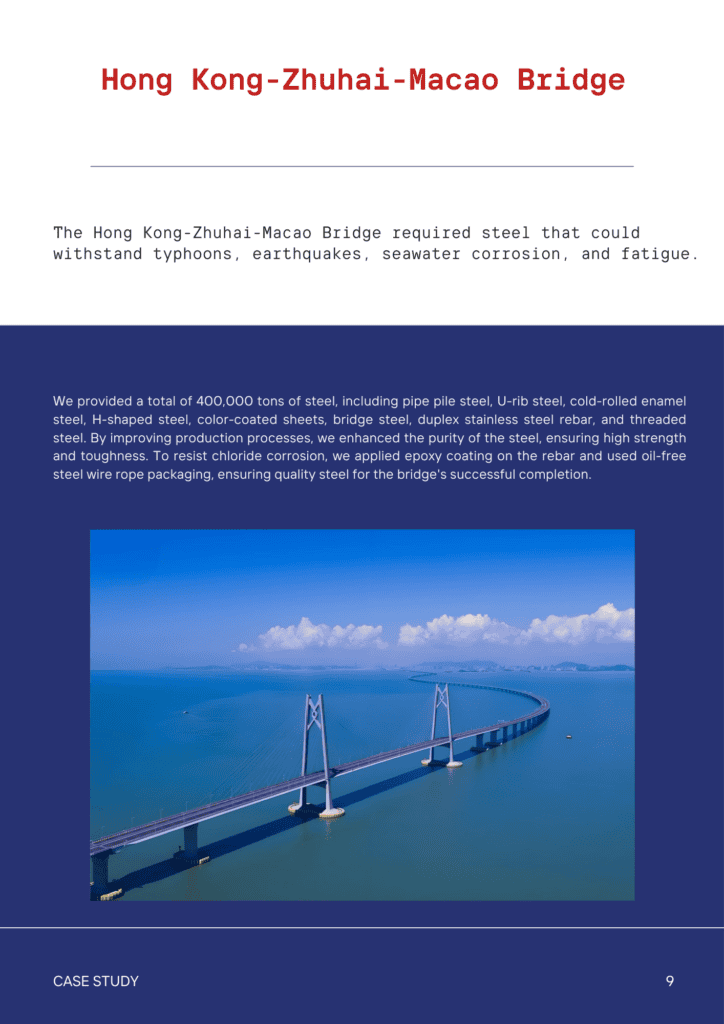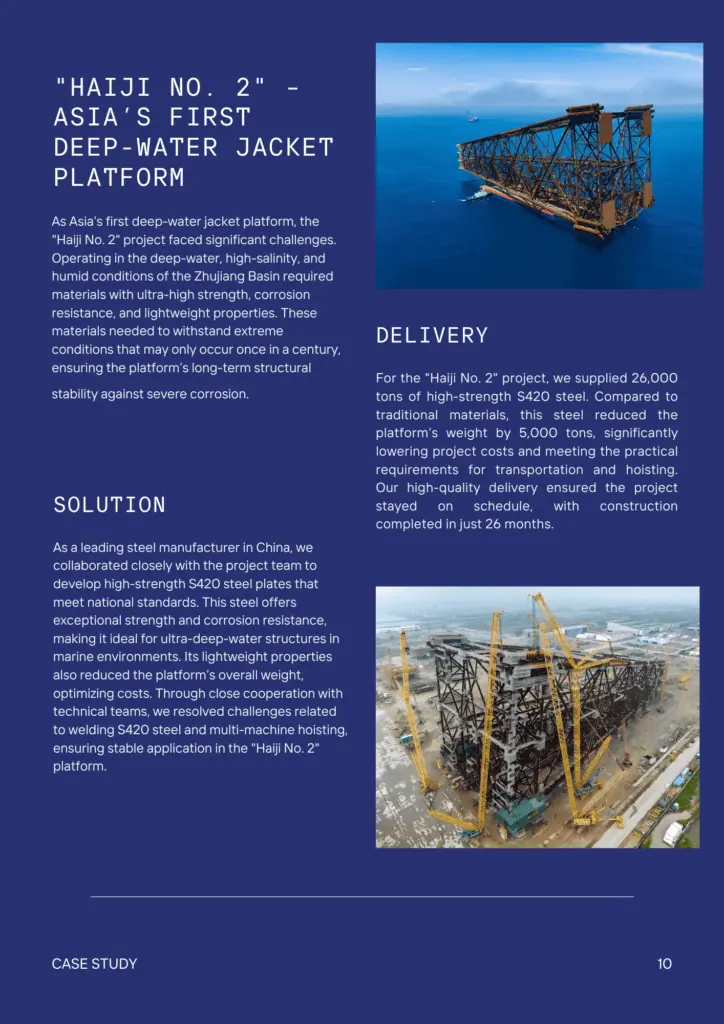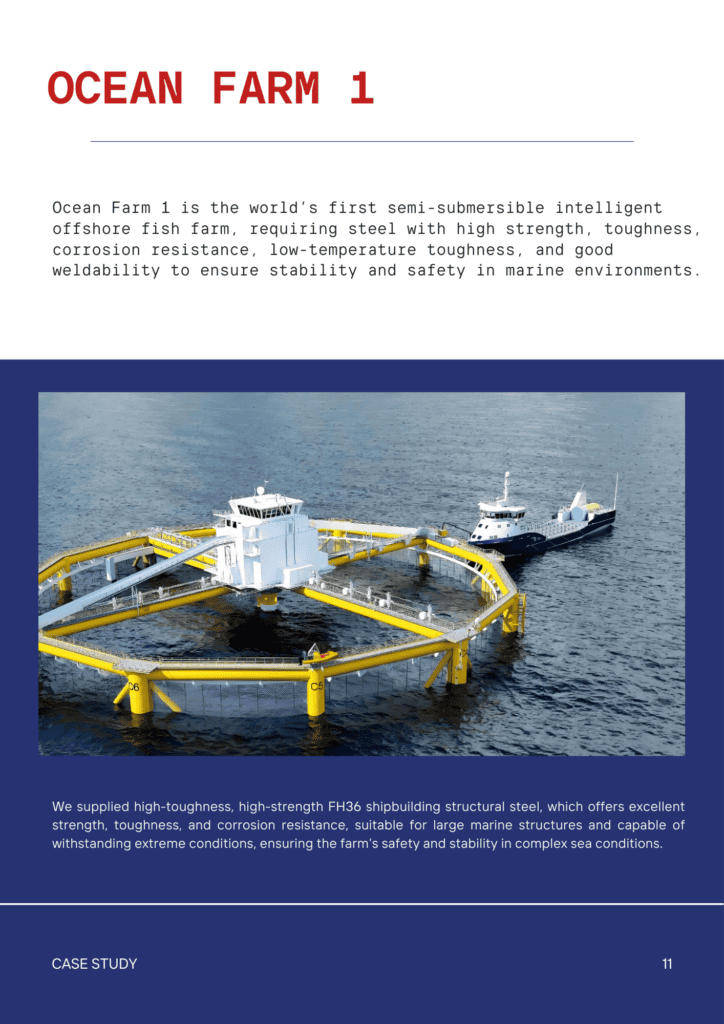Contents
What Are Cars Made Out of?6 Materials For Auto Manufacturing
- John
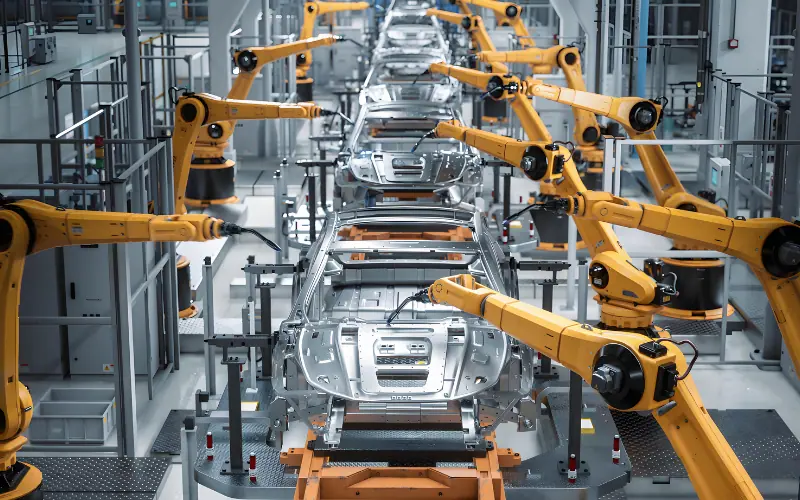
The materials used in car manufacturing are the foundation of every vehicle we drive. From safety and durability to performance, fuel efficiency, and comfort, each material plays a crucial role in shaping the cars we rely on for our daily journeys. Among the key materials, steel, metals like aluminum and magnesium, plastics, rubber, and glass are essential to modern automotive design.
As a leading supplier of automotive steel, SteelPro Group will take you through these six raw materials, exploring how they work together to build the vehicles that move us.
1. Steel
Steel has been at the heart of automotive manufacturing for over a century, and it remains the most widely used material in modern cars. Its unmatched strength, durability, and affordability make it the ideal choice for critical structural components, ensuring that vehicles are both safe and long-lasting.
Types of Steel Used in Car Manufacturing
Not all steel is created equal, and different types are used in various parts of a car to meet specific performance and safety requirements. Automotive manufacturers rely on specialized steel grades to balance strength, weight, and cost-efficiency. The most frequently used categories of steel in automobile manufacturing include:
- High-Strength Low-Alloy Steel (HSLA)
HSLA offers a high strength-to-weight ratio, with added alloys like copper and nickel to improve performance. It’s used in areas requiring strength without adding excess weight.
- Advanced High-Strength Steel (AHSS)
AHSS includes several grades known for high tensile strength and controlled deformation. It’s essential for safety-critical parts like crumple zones and impact bars, thanks to its superior strength.
- Mild Steel
An inexpensive, low-carbon steel that can be easily shaped and welded. Though not as strong as other types, mild steel offers good ductility and is used for non-safety parts like body panels.
- Stainless Steel
Combined with chromium, stainless steel offers strong resistance to corrosion and high heat, making it suitable for exhaust systems and decorative accents.
Key Properties of Steel in Cars
- Frame & Chassis:
Steel Type: High-Strength Low-Alloy Steel (HSLA) or Advanced High-Strength Steel (AHSS)
Required Property: High strength and durability to support the vehicle’s weight and handle crash impacts.
- Body Panels:
Steel Type: Mild Steel or Dual-Phase Steel
Required Property: Good formability for shaping body panels, while maintaining enough strength for safety.
- Side-Impact Protection (Crumple Zones & Bars):
Steel Type: Advanced High-Strength Steel (AHSS)
Required Property: Exceptional strength and energy absorption to protect passengers during side impacts.
- Exhaust System:
Steel Type: Stainless Steel
Required Property: Corrosion resistance to withstand high temperatures and exposure to moisture.
2. Aluminum
Aluminum plays a crucial role in modern car design due to its lightweight nature, which significantly reduces vehicle weight and improves fuel efficiency. As automakers face increasing pressure to meet stricter fuel economy and environmental standards, aluminum’s low density and high strength-to-weight ratio make it the ideal material for weight reduction without sacrificing performance.
Key Properties of Aluminum in Cars
- Lightweight: At roughly one-third the weight of steel, aluminum helps reduce vehicle weight, which leads to improved fuel efficiency and performance.
- Corrosion Resistance: Aluminum develops a natural oxide coating, granting it excellent resistance to corrosion and significantly prolonging the life of automotive parts.
- Formability: Aluminum is highly malleable, which makes it ideal for complex designs and shaping various car components.
Aluminum Applications in Car Manufacturing
Aluminum is commonly used for body panels, engine blocks, wheels, and radiators. Its combination of strength and lightweight properties allows these parts to contribute to a vehicle’s overall efficiency while maintaining durability.
3. Other Metals
In addition to steel and aluminum, several other metals play crucial roles in automotive manufacturing. These metals are carefully chosen for components requiring high strength, lightness, corrosion resistance, and electrical conductivity.
| Metal | Properties | Applications |
| Copper | Excellent electrical conductivity; high corrosion resistance. | Electrical wiring, power systems, sensors. |
| Zinc | High corrosion resistance; protective coating properties. | Coating for steel body panels, fasteners. |
| Magnesium | Lightest structural metal; excellent strength-to-weight ratio. | Engine blocks, wheels, transmission casings. |
| Titanium | Exceptional strength-to-weight ratio; highly corrosion-resistant. | Exhaust systems, suspension components, luxury vehicle parts. |
4. Plastics
Plastics are now essential in the automotive sector because of their adaptability, strength, and lightweight. Their application in vehicles extends far beyond mere aesthetics to structural and functional roles. From the dashboard to the fuel tanks, plastics are used extensively throughout the modern automobile.
Plastics Types and Applications in Automotive
- Polypropylene (PP): Predominantly used in bumpers, chemical tanks, and cable insulation.
- Polyurethane (PU): Commonly found in foam seating, insulation panels, and in the vehicle’s interior trim.
- Poly-Vinyl-Chloride (PVC): Used for its flexibility and durability in flooring materials, exterior body parts, and door trim.
5. Glass
Glass is a critical material in automobiles, providing essential visibility and contributing significantly to the safety and structural integrity of vehicles. Its production involves precise engineering to meet stringent safety standards and functionality demands.
Innovative Uses of Automotive Glass
- Windshields: Made of laminated glass, which consists of two layers of glass bonded with a plastic layer in between. This design prevents the glass from shattering in the event of a collision, protecting passengers from flying debris.
- Side and Rear Windows: Utilized tempered glass for these areas, which is treated to be much tougher than standard glass. When it breaks, it fragments into small pieces with blunt edges, reducing the chance of injury in accidents.
6. Rubber
Rubber is vital in the automotive industry, not just for its most obvious application in tires but for various other critical components that contribute to the safety, functionality, and comfort of modern vehicles.
Tires
The primary use of rubber in cars, tires are complex assemblies that involve multiple types of rubber, each serving a different function. Tires need to offer durability, grip, and flexibility to handle varied road conditions and temperatures.
Seals and Gaskets
Rubber is used to create seals and gaskets that protect critical mechanical components from dust, moisture, and other environmental elements. These rubber parts ensure that engines and transmissions operate smoothly and are shielded from potential damage.
Hoses and Belts
Under the hood, rubber hoses and belts are indispensable. They transport fluids and maintain the timing and operation of the engine, respectively. Their flexibility and resilience are key to withstanding vibrations and temperature fluctuations.
Advanced Automotive Material Solutions
As vehicles advance, the need for high-performance materials that blend strength, efficiency, and sustainability grows ever more critical. SteelPro Group is leading this evolution by supplying the automotive industry with superior steel products tailored to meet these stringent demands.
Our product range, including specialized grades like HR420LA and 500LA, is engineered to ensure maximum performance. Discover the impact of SteelPro Group’s advanced steel solutions in your automotive projects and how our commitment to excellence can drive your success.





